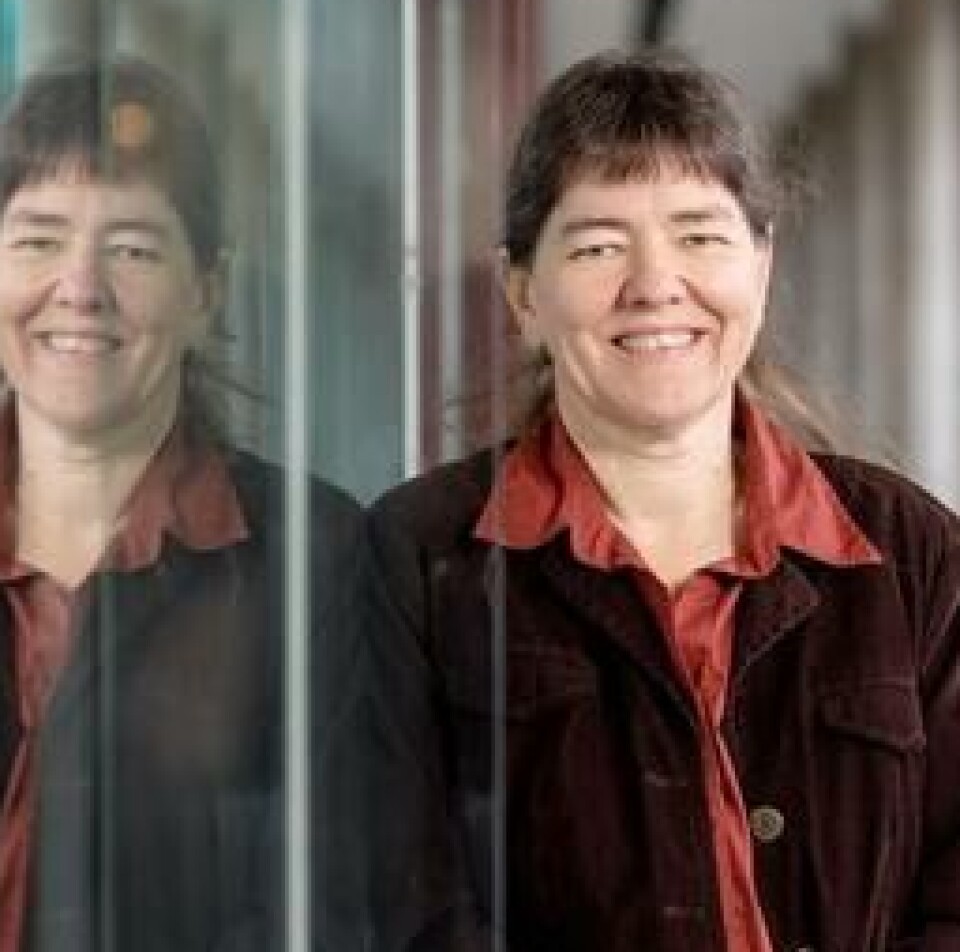THIS CONTENT IS BROUGHT TO YOU BY the University of Bergen - read more

Study calls for a more nuanced approach to understanding cognitive evolution
Research on the mental abilities of humans – in the present and the past – needs to incorporate cultural and cognitive diversity more explicitly, according to the researchers.
A new study argues that data from comparative cognitive studies across cultures and languages, among others, should be systematically incorporated in research on human cognitive evolution.
Models that simply reverse-engineer cognitive abilities from the present into the evolutionary past require revision.
This study was led by researchers at the University of Bergen's Centre for Early Sapiens Behaviour (SapienCE).
Diverse perspectives and influences
In the study, the researchers discuss how cultural variation produces diverse ways of seeing and thinking about the world. This subsequently influences everything from how we perceive and sort colours to the emotions we feel. These influences are demonstrated by cross-cultural and cross-linguistic data. Larissa Straffon explains:
“To illustrate this, let us, hypothetically, say that a study found that some contemporary population showed a preference for the colour green. The current trend would be to publish those results as saying that humans evolved to prefer the colour green," says Larissa Mendoza Straffon, one of the lead researchers behind the study.
The researchers argue that such a conclusion would be invalid for several reasons: Firstly, the sample size would be too small to confidently support the conclusion.
Secondly, cross-linguistic data would reveal that certain languages, such as Japanese, do not make a clear distinction between green and blue. This highlights the importance of including speakers of these languages in studies on colour preferences, according to Straffon.
Thirdly, comparative cognitive studies could potentially indicate that humans share their visual preferences with great apes. This would suggest that a preference for green might be an inherited trait rather than a characteristic evolved specifically in humans.
Interaction of human culture and cognition
Straffon suggests that the more interesting question would be: How do human culture and cognition interact to influence colour perception and visual preferences across populations?
For example, which words for colours our language comprises may affect how much attention we pay to variations of the colours green and blue.
According to Straffon, cultural practices such as pedagogy, storytelling, and craftmaking allow us to preserve and transfer collective knowledge. This, in turn, builds upon the cumulative experiences of individuals and groups across generations. These experiences serve as the basis – or a scaffold – for cultural innovation and variation.
As knowledge is transferred within interconnected networks, it naturally diversifies.

“Think, for example, of regional art styles, costumes, and dialects. By simply sharing intentions, learning, and speaking to each other within our local groups, we generate cultural variants that are particular to our temporal and spatial contexts," she says.
This study suggests that it is crucial for cognitive evolutionary research to focus more on these specific contexts.
Cultural variants in perception and cognition
To understand how culture generates variations in human perception and cognition, the research team suggests applying a comparative method using cross-cultural extrapolation and phylogenetic analysis.
Cross-cultural extrapolation looks across human groups and species to filter out diversity.
Phylogenetic analysis capitalises on diversity by comparing variation among populations.
Cognitive diversity lies at the intersection of shared human ancestry and local cultural development. By focusing on that intersection, the comparative approach can help us understand why, despite our cohesion as a species, our experiences of the world differ.
“Culture influences a great deal, if not all, of what we experience, think, or do. From the emotions we feel and express to how we think of and about everyday objects," says Andrea Bender, the lead author of the study.
A famous example involves how we habitually describe spatial relations. When positioning objects relative to others, we must choose a specific viewpoint. This could be our personal perspective, the perspective of the person we're conversing with, the orientation of the object itself, or a broader, aerial 'bird's eye' view.

"Preferences for which perspective one can, or is used to, adopt differ across cultures and languages. This has shown to affect people’s wayfinding skills, their co-speech gestures, how they memorise relations and orders, and even how they think about time,” Bender explains.
The authors therefore argue that the impact of culture on our perception of the world can be profound.
Rethinking the evolution of religion
In one case study, the authors applied the comparative approach to the origin of religious beliefs. This yielded some unexpected results.
In previous research on the evolution of religion, it has generally been accepted that complex Theory of Mind was necessary. This concept refers to the ability to attribute mental states, such as thoughts, beliefs, desires, and intentions, to others. It was thought to be essential for the emergence of religious beliefs.
However, Bender and her team, utilising large-scale cross-cultural data and phylogenetic studies of religions, revealed that this was likely not the case:
“Our findings suggest that fundamental abilities like attributing agency to things that move are sufficient for forming basic animistic beliefs, which are a universal feature in religion, and also observed among non-human primates.”
In contrast, more complex religious ideas, such as ancestor worship and belief in high gods, would have required a full-fledged language rather than a more advanced Theory of Mind, according to the researchers.
“The relevance of language for the spread of religious beliefs is not predicted by other models, yet our work shows that it indeed was an important contribution to the evolution of religion,” Straffon says.
Reference:
Bender et al. The Dual Role of Culture in Reconstructing Early Sapiens Cognition, Psychological Review, 2023. DOI: 10.1037/rev0000462

This content is paid for and presented by the University of Bergen
This content is created by the University of Bergen's communication staff, who use this platform to communicate science and share results from research with the public. The University of Bergen is one of more than 80 owners of ScienceNorway.no. Read more here.
More content from the University of Bergen:
-
Researcher: Politicians fuel conflicts, but fail to quell them
-
The West influenced the Marshall Islands: "They ended up creating more inequality"
-
Banned gases reveal the age of water
-
Researchers discovered extreme hot springs under the Arctic
-
Tiny particles unlock vinegar’s hidden healing potential
-
“Why doesn't it rain more?” asks researcher




































